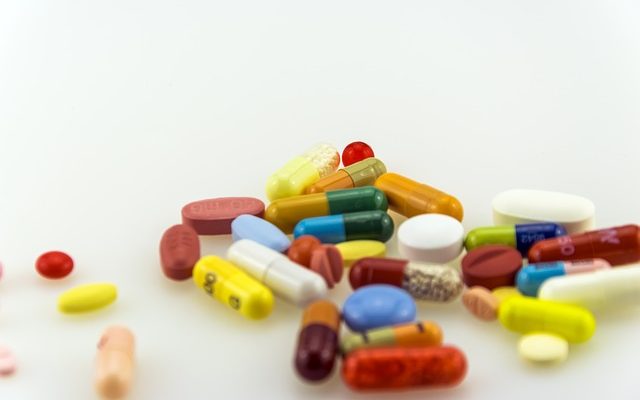C.Difficile – what antibiotics trigger them?
Studies in hospitals in England and the USA show a link between the use of fluoroquinolone antibiotics and the occurrence of dangerous C.Difficile infections in hospitals.
C.Difficile infection caused by antibiotics?
Basically, most people already have C.Difficile bacteria in their intestines. There they are kept in check by other microbes of the intestinal flora. However, the intake of fluoroquinolone antibiotics causes most of the bacteria in the intestinal flora to be destroyed. Meanwhile, the clostridia of ribotype 027 survive these attacks because they are resistant to them. After ingestion, they spread unhindered and take over the control of the intestine, so to speak. This has repeatedly led to nosocomial infections. In other words, an infection that people get when they stay in a clinic or hospital.
The result: In the clinic, patients fall ill with a dangerous C.Difficile infection.
What antibiotics trigger C.Difficile?
Scientists have now shown that there is a clear link between the occurrence of C.Difficile 027 ribotype infections and the use of fluoroquinolone antibiotics.
These fluoroquinolones are a subset of the quinolone antibiotics. They act by inhibiting the bacterial topoisomerase II (gyrase) of bacteria. This is an enzyme that bacteria need to reproduce their DNA. Fluoroquinolones are characterised by a wide spectrum of effect.
These antibiotics belong to the group of fluoroquinolones:
- Enoxacin
- Norfloxacin
- Ciprofloxacin
- Ofloxacin
- Levofloxacin
- Moxifloxacin
- Nadifloxacin
- Lomefloxacin
- Delafloxacin
Data from 55 hospitals in England and the USA were examined. The data material from a period from 2011-2018 was evaluated, where the statistics showed that the use of fluoroquinolones had been massively reduced. Infections with C.Difficile of ribotype 027 decreased in a very similar proportion.

